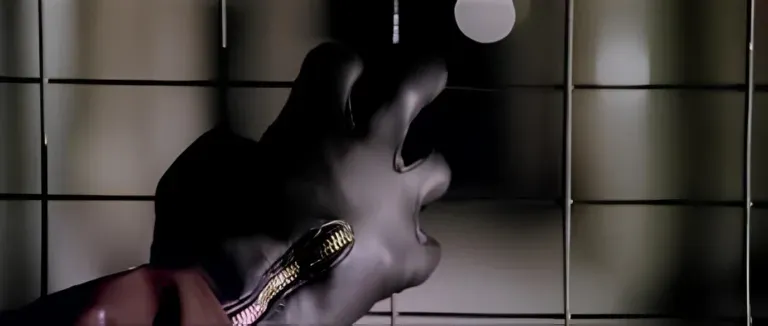Subliminal Images in Horror Films
Subliminal Images in Horror Films
Subliminal images in horror films are brief frames or visual messages inserted within the movie, often so quick that the human eye cannot consciously perceive them. These messages are designed to influence the viewer on a subconscious level, increasing tension and fear without the person realizing it.
Here are some films that feature this technique:
The Shining (1980): Directed by Stanley Kubrick. It uses editing techniques and framing to create a sense of disorientation and subliminal fear.

Psycho (1960): Directed by Alfred Hitchcock. In one of the final scenes, Norman Bates’ mother’s face is briefly superimposed on his own.
Fight Club (1999): Directed by David Fincher. It contains numerous subliminal frames of Tyler Durden (Brad Pitt) appearing before the character is officially introduced.
The Ring (2002): Directed by Gore Verbinski. It includes subliminal images within the cursed video that is central to the plot.

Black Swan (2010): Directed by Darren Aronofsky. It uses brief frames of unsettling visions that reflect the protagonist’s descent into madness.
Insidious (2010): Directed by James Wan. It contains quick images of the demon haunting the family, often inserted at unexpected moments.
Jacob’s Ladder (1990): Directed by Adrian Lyne. The director uses subliminal visual effects to depict the protagonist’s hallucinations and mental deterioration.

The Exorcist (1973): Directed by William Friedkin. Known for inserting quick frames of the demonic face of Pazuzu.
Event Horizon (1997): Directed by Paul W.S. Anderson. It contains quick frames of torture and violent scenes that contribute to creating a disturbing atmosphere.
The Exorcism of Emily Rose (2005): Directed by Scott Derrickson. It uses subliminal images to represent the protagonist’s demonic visions.

The use of subliminal images in horror films raises ethical questions about manipulating the viewer. Some argue that these methods are deceptive and could have negative effects on mental health, while others see them as a legitimate artistic technique to intensify the cinematic experience.
Regardless of the debate, it is undeniable that subliminal images in horror films are a powerful tool to amplify fear and discomfort by exploiting the viewer’s subconscious perception.
Subliminal Images in Horror Films

Subscribe to our YouTube channel






